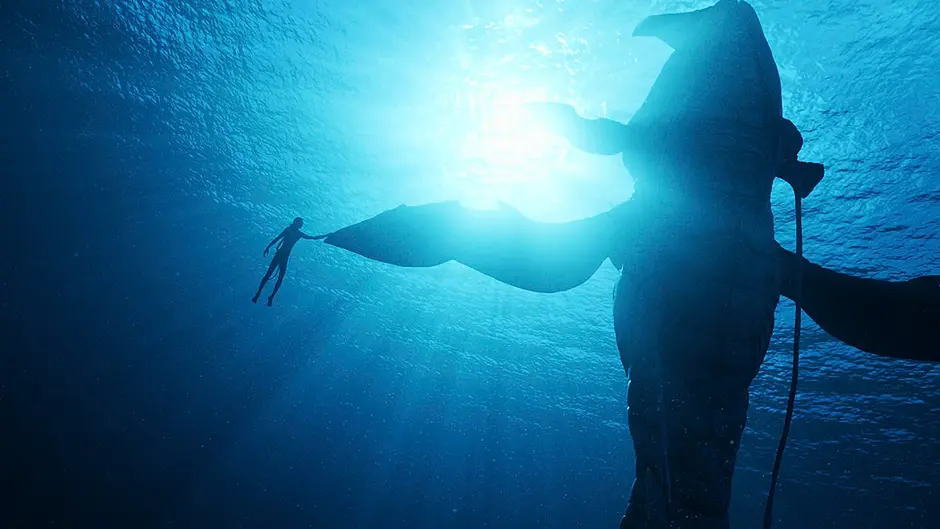ONE of the biggest talking points ahead of the release of the highly-anticipated Avatar: The Way of Water was whether or not anybody would care.
Even describing it as ‘highly-anticipated’ could be seen as controversial due to the fact that the main issue detractors had with the first film was that it became the highest grossing film of all time — twice — without ever leaving a huge cultural mark on cinema or the wider world.
In a way, Avatar is the Black Eyed-Peas of the film world in that everyone has come across it, but you would do well to find any hardcore fans.
And so Avatar exists in a strange place where more people are likely to see it in the cinema than any other film ever, but less people are compelled to fight its corner.
Which is a shame for the film, because while the original became known for all the wrong reasons, this sequel is bigger, bolder and much more enjoyable than the first.
With 13 years between the original and this sequel, audiences could be forgiven for forgetting what happened. Luckily enough, the film takes place 12 years after the events of the original, and opens with enough exposition to keep us all happy.
Jake Sully now has three children and is leader of his clan. They live a peaceful life, far removed from the dangers brought by the ‘sky people’ from Earth.
However, the sky people decide they need to return to the world of Pandora, and one in particular has a score to settle. Colonel Miles Quaritch comes back from the dead (literally, somehow) as an Avatar to find and kill Sully and his family.
A problem with the first film that was carried over to the second is that it can be difficult to buy into any of the ‘lore’ of Pandora.
Huge amounts of exposition and voiceovers are used to explain just how Quaritch reanimates as a Na’vi Avatar, or how or why Sigourney Weaver plays a teenage girl despite being in her 60’s.
It’s not that the explanations are poorly written, it’s that they are so dull in comparison to what you’re seeing on screen that you zone out amidst all the pretty colours on screen.
And it’s those ‘pretty colours’ that are what makes the film worth seeing. It is one of the best-looking films of recent years and the beauty of Pandora is worth admission alone.
While there are times where the CGI used feels a little bit too much like a video game, the majority of the film is like watching Blue Planet in the highest definition possible — all it's missing is a blue David Attenborough.
It perhaps says a lot about the film that the main question going into seeing Avatar wasn’t will this be any good, it was will this be a waste of time?
There is a general thought that films are getting too long, that filmmakers need to reign things in and stick much closer to 90 minute runtimes.
However, some research shows that films haven’t gotten particularly longer or shorter, on average, over the last 50 years.
Some of the biggest blockbusters of the past have had the longest runtimes.
The little-known Titanic is actually two minutes longer than the latest Avatar, and was directed by none other than James Cameron.
Film epics should be long, they should be 'too much', and nobody is better at 'too much' than James Cameron.








